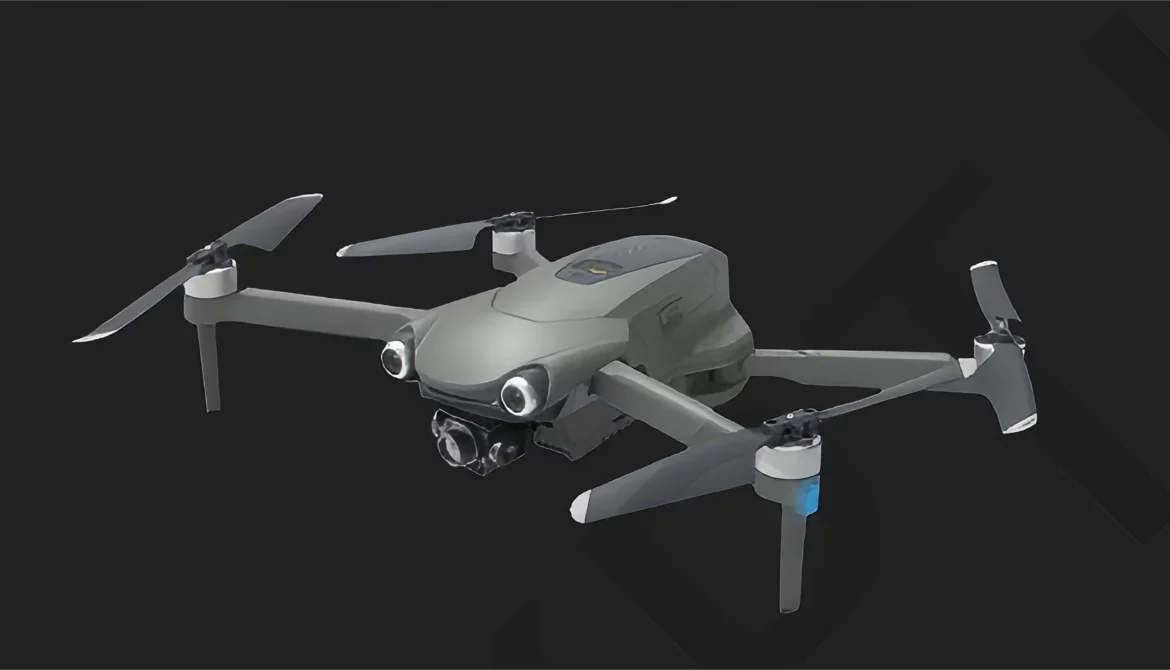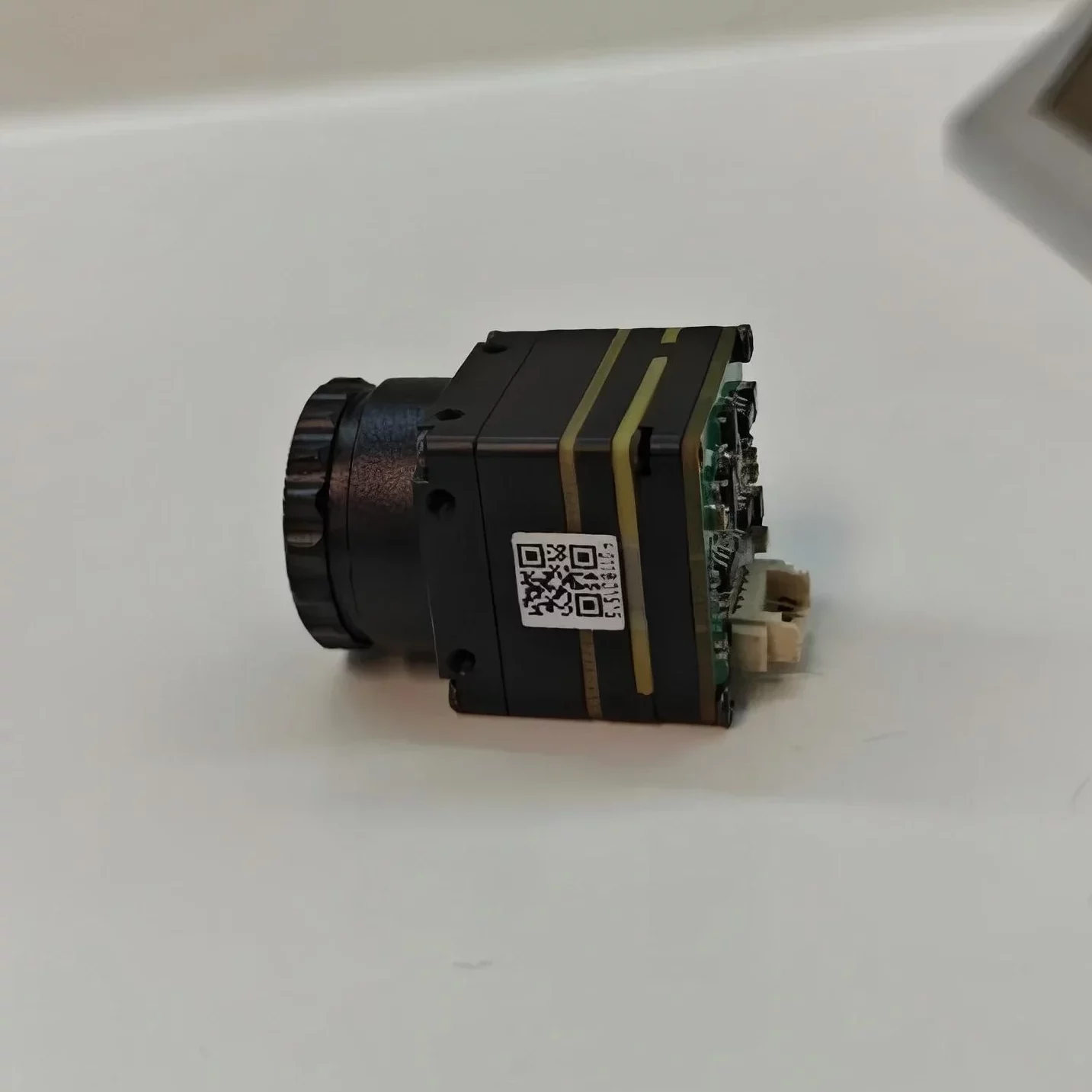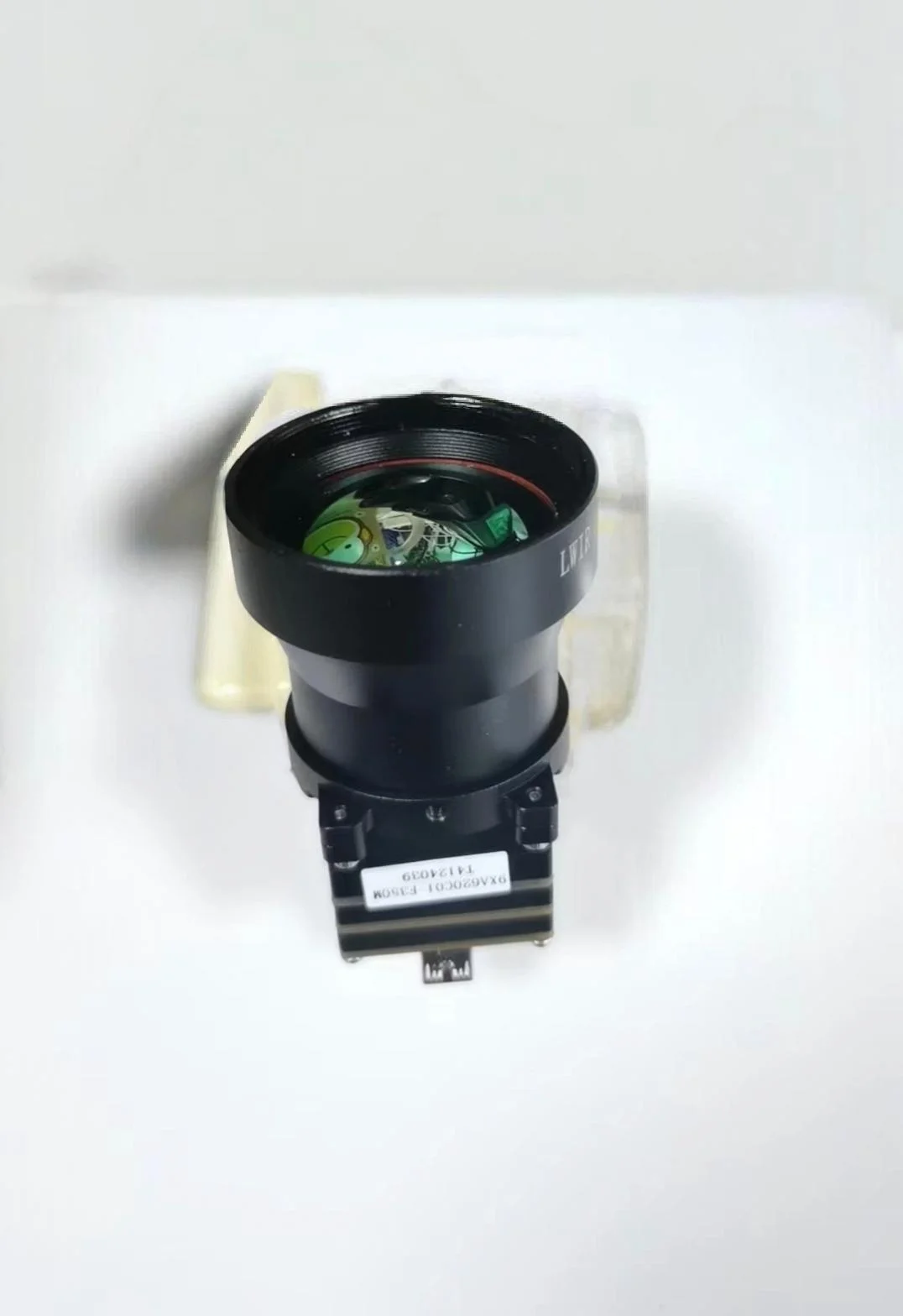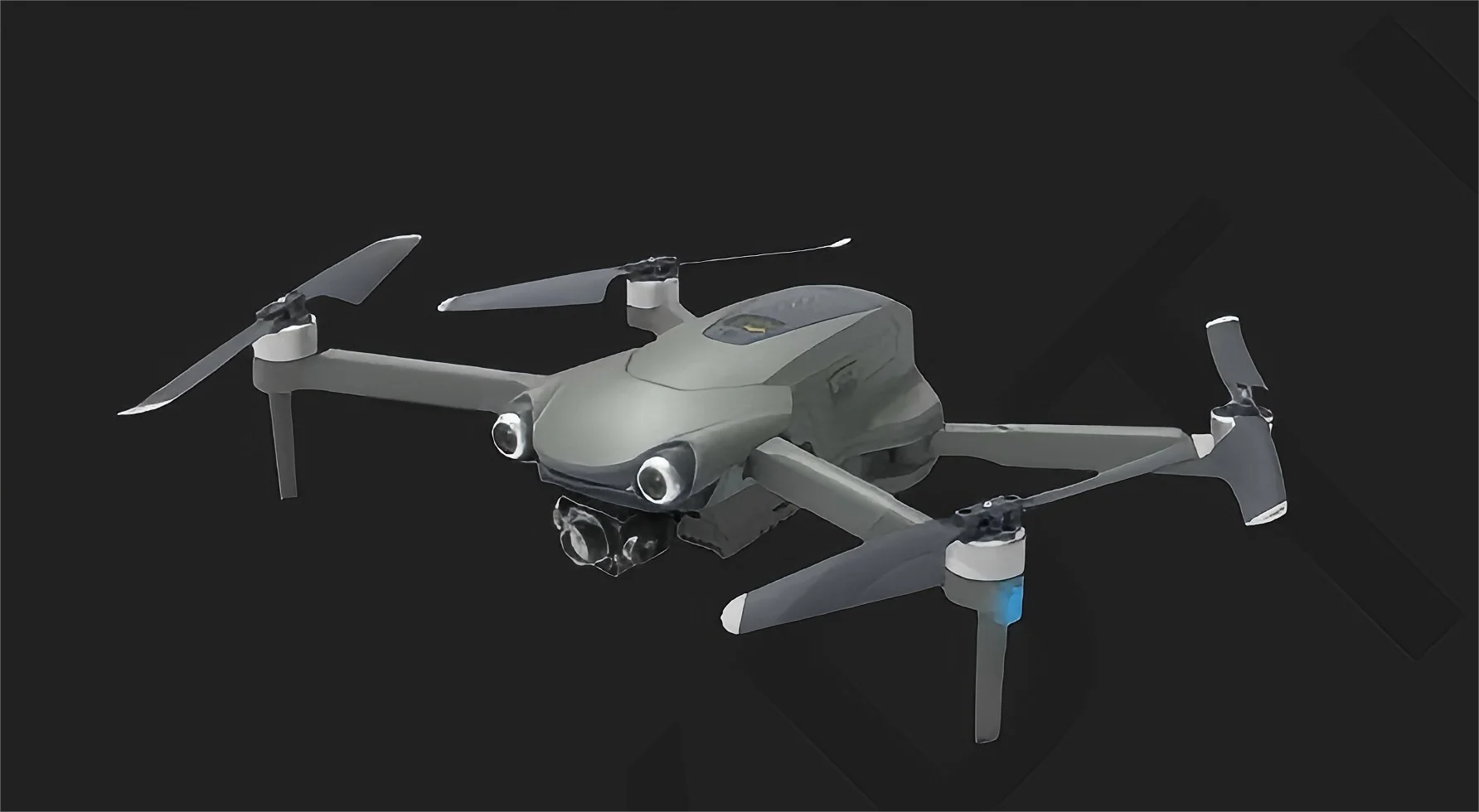With the rapid advancement of drone technology, the application of thermal imaging in the drone sector has become increasingly widespread. Thermal imaging modules, as the core components of thermal imaging systems, can capture infrared radiation emitted by objects and convert it into visual images. This technology not only significantly expands the functionality of drones but also brings innovative solutions to multiple industries. This article will delve into the applications, technical advantages, and specific use cases of thermal imaging modules in the drone field, helping readers fully understand the value and potential of this technology.
Working Principle of Thermal Imaging Modules
Thermal imaging modules work by detecting the thermal radiation (infrared) emitted from the surface of objects to generate images. Unlike traditional optical imaging, thermal imaging does not require visible light, allowing it to function in low-light or completely dark environments. Drones equipped with thermal imaging modules can perform tasks at night or in adverse weather conditions, such as:
- Search and rescue
- Agricultural monitoring
- Power line inspections
The core advantages of thermal imaging modules lie in their high sensitivity and high resolution, enabling them to capture minute temperature differences and provide clear thermal images.
Advantages of Thermal Imaging Technology in Drones
The application of thermal imaging modules in drones offers several significant advantages:
- All-Weather Operational Capability
Thermal imaging technology is not limited by lighting conditions, allowing drones to perform tasks at night or in adverse weather, greatly enhancing operational flexibility and efficiency. - High-Precision Detection
Thermal imaging modules can detect minute temperature changes on the surface of objects, making them suitable for scenarios requiring high-precision detection, such as fault diagnosis in electrical equipment and heat loss detection in buildings. - Non-Contact Measurement
Thermal imaging technology can measure without touching the target object, making it suitable for dangerous or hard-to-reach environments, such as temperature monitoring in fire scenes or tracking wildlife. - Multifunctional Applications
Drones equipped with thermal imaging modules can be used in various fields such as agriculture, construction, and security surveillance, providing customized solutions for different industries.
Application Cases
1. Search and Rescue
In search and rescue missions, thermal imaging drones can quickly locate trapped individuals at night or in low-visibility conditions such as thick smoke. By detecting the heat radiation emitted by human bodies, drones can swiftly identify targets and guide rescue teams to carry out operations. This technology is particularly crucial in emergencies like earthquakes and fires, significantly improving rescue efficiency and reducing casualties.
2. Agricultural Monitoring
Thermal imaging drones are increasingly used in agriculture. Farmers can use thermal imaging to monitor crop growth, soil moisture, and pest infestations. By analyzing thermal images, farmers can precisely apply fertilizers and irrigation, thereby increasing crop yield and quality. Additionally, thermal imaging can be used to monitor the health of livestock, promptly identifying anomalies and taking action.
3. Power Line Inspections
The power industry is one of the key application areas for thermal imaging drones. Drones equipped with thermal imaging modules can regularly inspect power transmission lines, substations, and other electrical facilities, promptly detecting issues like overheating and faults. Through thermal imaging, power companies can prevent equipment failures in advance, reduce power outage incidents, and ensure the stability and safety of power supply.
4. Security Surveillance and Defense
In security surveillance and defense, thermal imaging drones can be used for border patrol, forest fire prevention, and illegal intrusion detection. Thermal imaging technology can penetrate obstacles like smoke and haze, clearly capturing the thermal signatures of targets, thereby enhancing the accuracy and reliability of surveillance. Moreover, thermal imaging drones can be used for nighttime patrols, strengthening security measures.
Integration and Optimization of Thermal Imaging Modules in Drones
To fully leverage the advantages of thermal imaging modules in drones, integration and optimization are crucial. Key technical considerations include:
- Lightweight Design
Drones have strict weight limitations for payloads, so thermal imaging modules need to be lightweight to ensure drones can fly for extended periods while maintaining stability. - High Resolution and Sensitivity
To obtain clear thermal images, thermal imaging modules need to have high resolution and sensitivity, capable of capturing minute temperature differences. - Image Processing and Transmission
Drones need to transmit thermal image data in real-time during flight, making image processing and transmission technology vital. Efficient image compression and transmission algorithms ensure image quality and transmission speed. - Intelligent Analysis and Recognition
By integrating artificial intelligence technology, thermal imaging drones can achieve automatic target recognition and tracking, further enhancing mission execution efficiency and accuracy.
Future Trends
With continuous technological advancements, the application of thermal imaging modules in drones will usher in more innovations. Key trends include:
- Miniaturization and High Performance
Future thermal imaging modules will be more compact while maintaining high performance, suitable for a wider range of drone platforms. - Multi-Sensor Fusion
Thermal imaging technology will be integrated with other sensors (such as visible light cameras and LiDAR), providing more comprehensive environmental perception capabilities. - Intelligence and Automation
By integrating AI algorithms, thermal imaging drones will achieve higher levels of intelligence and automation, capable of autonomously completing complex tasks. - Industry-Specific Solutions
Tailored to the needs of different industries, thermal imaging drones will offer more customized solutions to meet specific application requirements.
Conclusion
Thermal imaging modules in drones have brought revolutionary changes to multiple industries, significantly expanding the functionality and application scenarios of drones. From search and rescue to agricultural monitoring, from power line inspections to security surveillance, thermal imaging drones have become indispensable tools across industries due to their all-weather operational capability, high-precision detection, and multifunctional applications. With ongoing technological advancements, thermal imaging drones will play an even greater role in the future, bringing more value to society.
If you are interested in solutions for thermal imaging modules in drones, feel free to contact us for more information or to customize a solution tailored to your needs.







